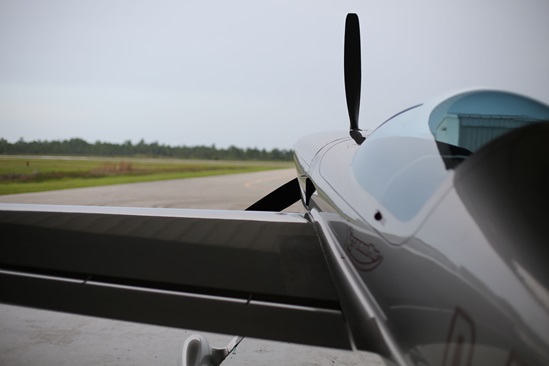Finance Appraisals: What’s in it for me?
Determining your aircraft’s market value
The most common is a so-called “desktop” appraisal, which will work for most newer airplanes. Here, someone knowledgeable about aircraft, such as a lender or finance broker, utilizes pricing digests such as Vref to determine an airplane’s market value. The digests take into account such factors as total time, time since overhaul(s), options, and upgrades. These can include credits for nonstandard equipment such as the pilot door option in certain TBM models, or modifications and other power increases. New avionics help, too—generally 50 percent of the value of any newer avionics may be credited toward an airplane’s appraised value. The good news is typically there’s no charge for these appraisals. Also, for aircraft that have a robust market, the data are generally very reliable if the valuation is done properly.
Older airplanes, and those not in current production, are a different matter. These usually call for an appraiser’s personal inspection, along with a complete review of the airplane’s maintenance and other records. This kind of appraisal is the most thorough and costly (it could run $2,000 or more), but for 20-year-old airplanes selling in the over-$1-million range, they’re pretty much the norm. An expert will have physically inspected the airplane and its records as well as the market and how your aircraft compares to the fleet. In the end, you (and the lender if using financing) truly get comfortable with the value of your specific aircraft.
Then there’s what can be called a “full desktop” appraisal. This is a “light” version of a full appraisal, without the physical inspection. These often apply to heavily optioned airplanes or those in thinly traded markets. Good examples include Beechcraft King Airs with engine upgrades and the latest, STCed glass-cockpit avionics installations, or Piper Malibus and Mirages that have had their piston engines replaced with the JetPROP turboprop engine modification.
Most lenders will want to see hard data on any highly modified airplanes: specifically, what’s the current inventory of similar airplanes up for sale? What’s the average number of days on market? At what percent of asking price are they selling? What’s been the history of these modifications? Lenders want to protect themselves in a worst-case situation—namely, a default on the loan. If the airplane is repossessed, the last thing the lender wants is to be stuck trying to sell an airplane few people want, and in order to move it off the balance sheet quickly, they have to drop the price drastically. What’s in it for you, the buyer? You save a few bucks over a full appraisal at the cost of not having a physical inspection. The bank is happy, and you can get financing.
What does all this mean for the buyer? There are different levels of analysis and comfort. Choose the one that works best for you. Plus, in the event an airplane appraises on the low side, it can give a buyer some leverage to negotiate the sale and walk away with a better price. A
Author Adam Meredith is president of the AOPA Aviation Finance Co. and is a commercial pilot.
Web: www.aopafinance.org



